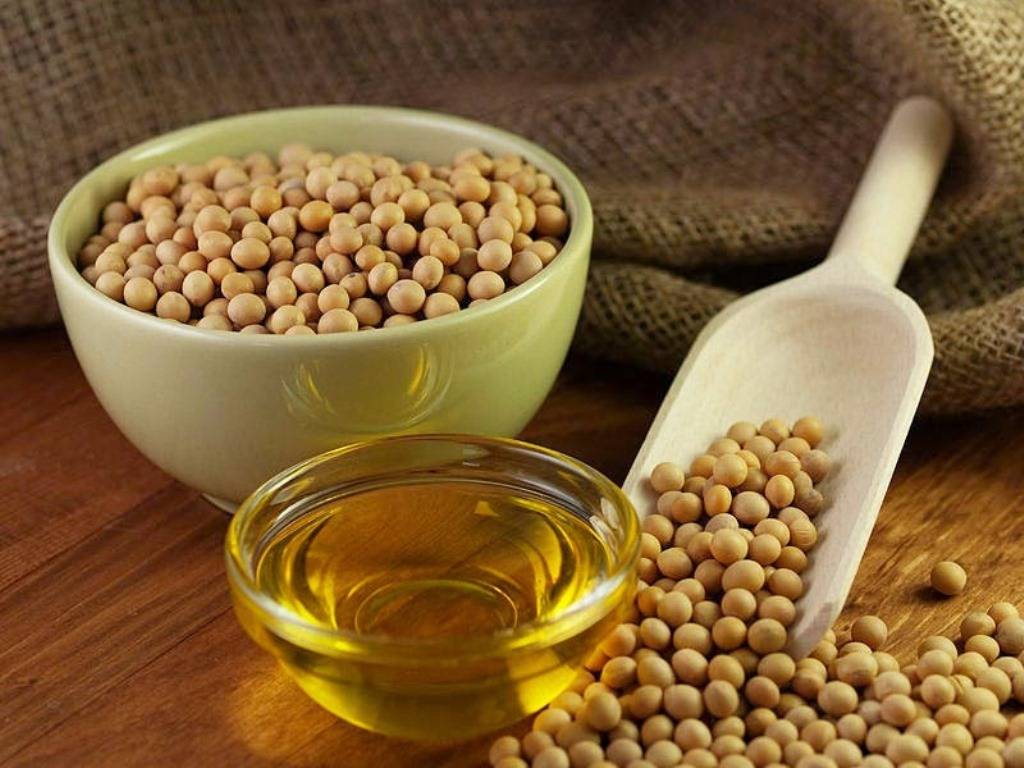
The recent developments in Argentina’s soybean industry have posed some challenges for the soy complex market of the country. Brazil and the US are expanding soybean planted areas and production. However, Argentina, the third-largest soybean producing country in the world is experiencing a negative impact over the soybean planted area when compared to the previous season.
Argentina Lagging behind Brazil & US in terms of Soyabean Production
The country continues to lose its share to Brazil and the US in the global supply market of soybean products. The export tariff policy, higher production costs, the competition with corn and the strong inflationary pressure over processors' operating costs are the main concerns for reduction in the soybean planted area. The planted area of corn in Argentina has been increasing since 2016 when corn export tariff favored corn over the soybean complex. At present the export tariffs are 12% for corn, 33% for soybean, and 31% for soybean products.
As per the official reports, planting of soybeans was 10% as on November 3 in Argentina, as compared to 6% last year. The five-year average is near 8%.
Argentina's soybean planted area in the 2021/ 22 season is reported at 16.9 million hectares, down 2% from the previous season, and the lowest since 2007. The farmers of Argentina are keeping a regular track on the international commodity prices, in response to rising production costs, especially of the glyphosate and phosphate fertilizer prices. Despite lower production costs of soybeans compared to corn, corn margin is expected to be 8% higher than soybean margin in the 2021/ 22 marketing year, mainly because of lower taxes and better prices of the commodity.
The processors of Argentina were forced to operate with low margins for months, despite rise in the global soybean oil prices. The gains of these processors were undermined because of lower soybean meal prices and the impact of strong inflationary pressure on the operating costs.
A forecast report says that the 2021/ 22 crush of Argentine soybean will be lower by 5 lakh tonnes to 43 million tonnes, when compared with the 2020-2021 season’s crush numbers. Argentina's farmer selling pace has been below the 5-yr average so far. This indicates the underlying challenges that the soybean complex of Argentina faces, and also reflects the restrictions over Argentina's crushing activity.
















